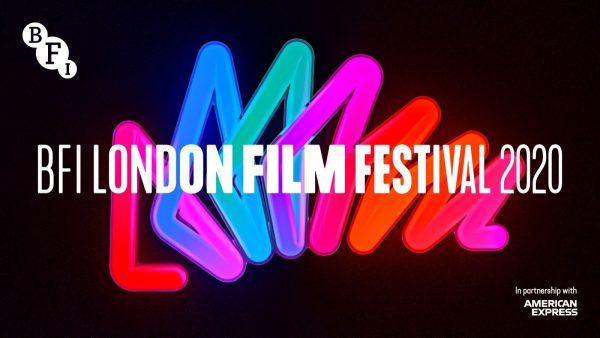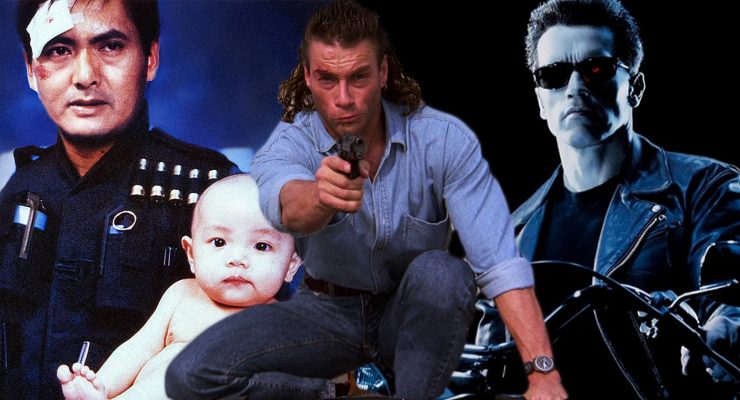Ultraviolence, 2020.
Written and directed by Ken Fero.

SYNOPSIS:
Since 1969, there have been over 2000 deaths in police custody in the UK. It is a frightening statistic that Ken Fero approaches with seasoned conviction. Ultraviolence employs unflinching archival footage to document the tragic and undignified deaths that took place between 1995 and 2005.

Ken Fero’s searing follow-up to his and Tariq Mehmood’s 2002 police brutality documentary Injustice is nothing if not a film for our time, and really for all time. Though many of us have been thinking about “blue-on-black violence” more than ever in 2020 per the death of George Floyd and the resulting Black Lives Matter protests, it is an undeniably historic social malady, and one which Fero’s new film captures with ferocious, righteous anger.
Framed as a letter written by Fero to his son – who was born mere months after 9/11, he notes – Ultraviolence is an unflinching indictment of the 2000+ deaths that have occurred in police custody in the UK over the last 50 years, examining a number of the most especially egregious cases, complete with interviews with the families the victims leave behind.
From minute one, Fero pulls no punches, telling the bile-inducing story of Christopher Alder, who after being assaulted outside a nightclub in 1998, was taken into police custody only to be left dying on the station reception’s floor.
Though we’re left to speculate on what the police may have done to Alder in the van on the way to the station – given that a postmortem confirmed Alder’s initial assault could not alone have caused death – Fero provides haunting footage of Alder taking his last breaths, all while the police around him crack jokes and seem entirely unconcerned.
Then there’s Brian Douglas, who in 1995 was stopped by the police on his way home from a nightclub and hit in the head by a police baton, causing a fractured skull which led to his death a week later. Inexplicably, a verdict of “death by misadventure” was returned.
Viewers are more likely to be familiar with the prominently-featured 2005 death of Brazilian Jean Charles de Menezes, who was shot seven times in the head at Stockwell tube station just two weeks after the 7/7 London bombings.
Unsurprisingly these crimes failed to win much in the way of justice, with a verdict of unlawful killing being rendered in the case of Alder, yet nothing in the way of a conviction ever being secured. Elsewhere vague, effete rulings of poor police training emerge, but no accountability, which speaks to the bar for prosecuting police being so disproportionately high compared to regular citizens.
Much of the film depicts the relatives of the victims fighting to score a successful prosecution in the hope it serves as a deterrent, given that the last time a British police officer was convicted of killing someone in custody was back in 1985, when Sergeant Alwyn Sawyer beat inmate Henry Foley severely enough to detach his left kidney and later cause his death. Unsurprisingly given the verdict, Foley was a white man.
Of the near-dozen more recent cases mentioned in detail over the course of the film, only Douglas’ case ever managed to attain even a sliver of justice, with PC Mark Tuffey, who administered the baton blow to his head, being convicted of racially aggravated behaviour, albeit with a punishment constituting a mere £400 fine and £400 in costs.
Fero’s film is about far more than this single subject, though, leaping off to become a wider commentary on the institutional, systemic sickness of the British condition, from the corrupt judicial system to the ineffective, overly bureaucratic oversight committees, the War on Terror, Islamophobia, and “Fake News” (which, Fero reminds us, is nothing new). Most disconcertingly, Fero draws attention to society’s complicity in allowing it all to happen, by either turning a blind eye or fatalistically assuming that nothing can be done, because isn’t apathy easier?
“Memory is fragile and it needs to be spoken to be kept alive,” Fero says in one of his many poetic declarations to his son, serving as a powerful call to retain the collective social memory of trauma, to stay angry, and to break the cycle of exploitation in the next generation. After all, George Floyd telling officers, “I can’t breathe,” and being duly ignored is echoed powerfully here with 2008 police brutality victim Frank Ogboru saying very much the same. Wouldn’t it be nice if, in another 12 years, we didn’t have another example of this?
Fero’s film derives enormous power from the simple wrenching humanity of its stories and the people lost within them, creating a hypnotic, nauseating collage of brutality, inquests, protests, and vigils. It moves fast and hits hard for all of its 75 minutes, with just enough of a flowery spicing by way of its voiceover narration.
Though clearly produced on a budget – the intertitles resemble late ’90s Word Art, possibly on purpose – and some of the animated accompaniments skate on the verges of taste, they do little to detract from the film’s sharp, bruising, concise impact.
Ultraviolence is truly a polemic for past, present, and probably future – horrifying, infuriating, vital, and eventually hopeful in the power of people to resist.
Flickering Myth Rating – Film: ★ ★ ★ ★ / Movie: ★ ★ ★ ★
Shaun Munro – Follow me on Twitter for more film rambling.










